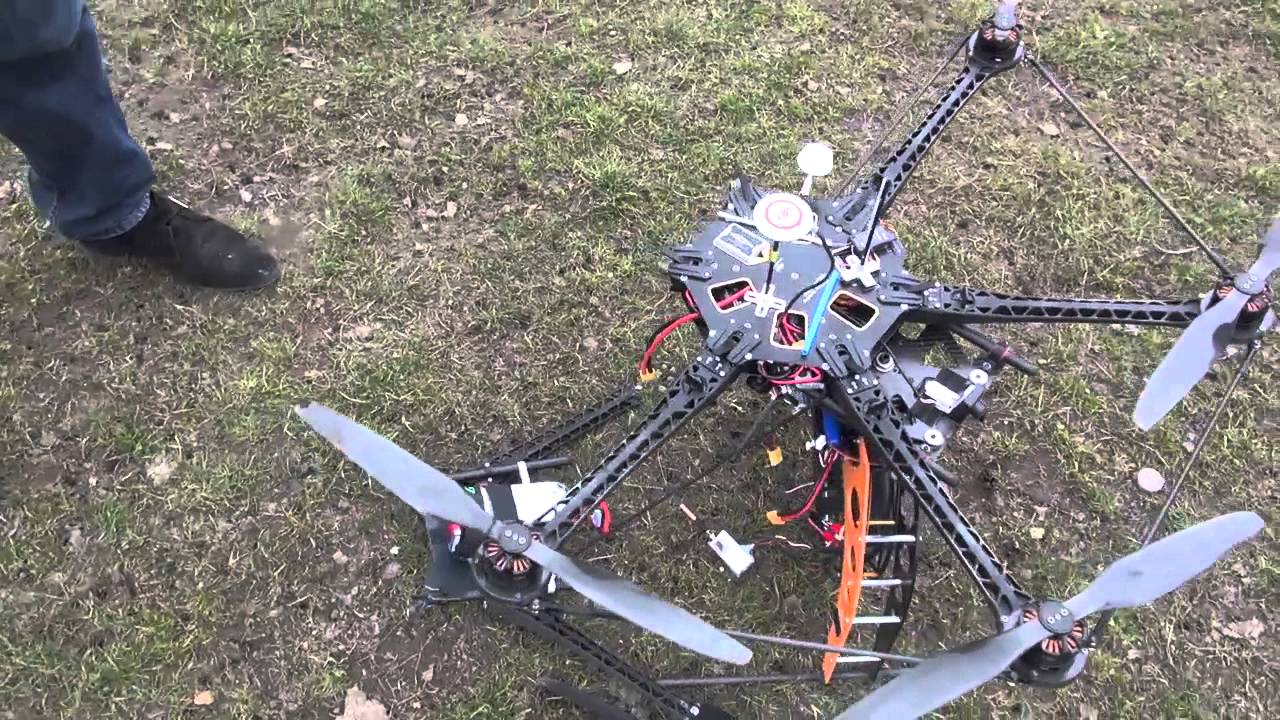Paris drone crash: The unexpected fall of a drone in Paris sparked immediate concern and launched an investigation into the incident’s cause. This event highlights the growing need for robust safety regulations and technological advancements in the rapidly expanding world of drone technology. We’ll explore the circumstances surrounding the crash, potential causes, the aftermath, and what steps can be taken to prevent similar occurrences in the future.
This analysis delves into technical malfunctions, human error, environmental factors, and the overall impact on drone regulations.
We’ll examine the timeline of events, official investigations, public reaction, and the subsequent adjustments to safety protocols. We’ll also consider how technological advancements, such as autonomous flight systems and obstacle avoidance, can improve drone safety. The investigation will cover the immediate consequences of the crash, including any injuries or damage, and the long-term impacts on drone regulations in Paris and beyond.
Incident Details
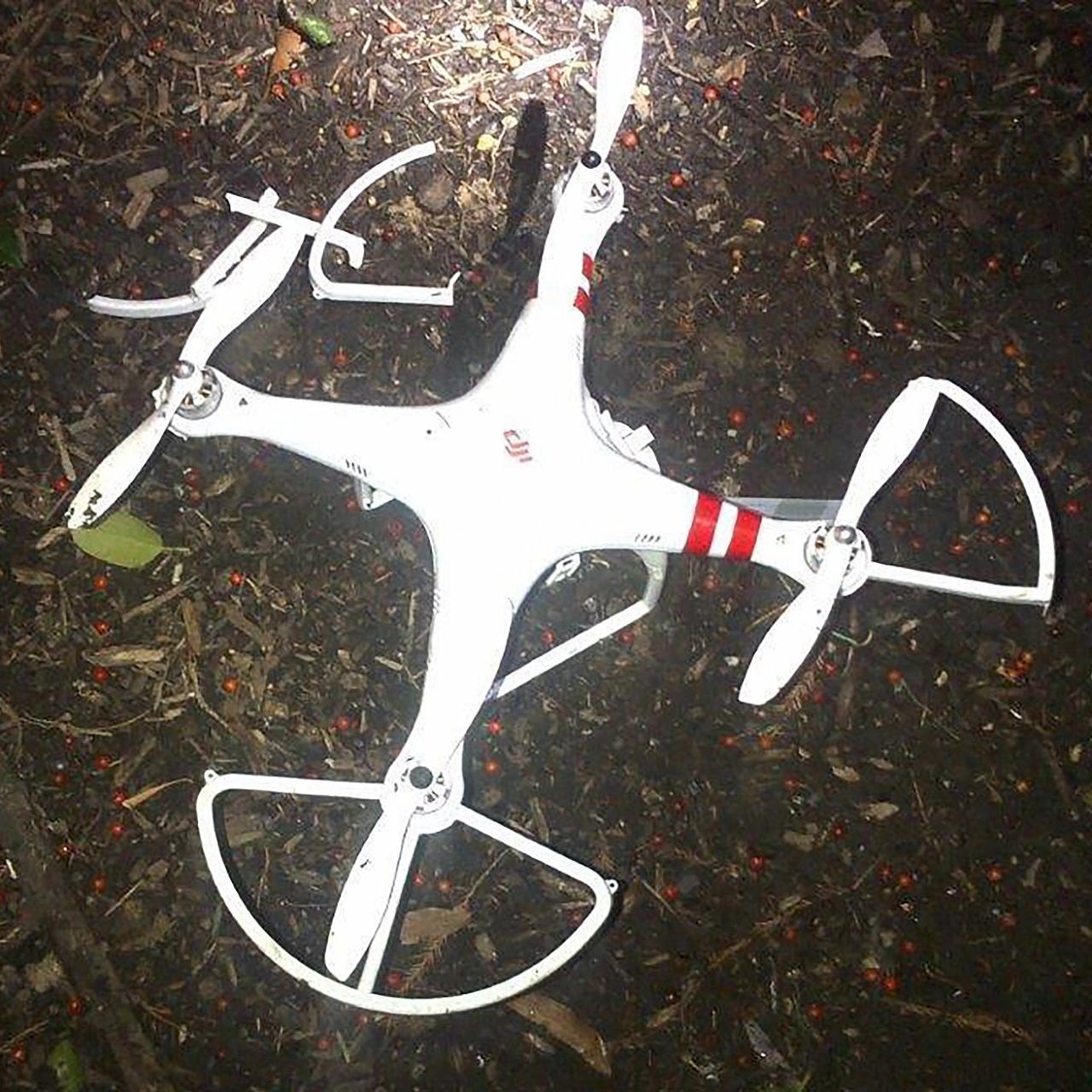
The Paris drone crash, while relatively minor compared to other aviation incidents, highlights the increasing challenges posed by unmanned aerial vehicles (UAVs) in densely populated urban areas. This event underscores the need for stricter regulations and improved safety protocols for drone operation in such environments. The following details Artikel the circumstances surrounding the incident.
So, you heard about that Paris drone crash? It’s a pretty big deal, especially considering the impact on air traffic. For more details on similar incidents, check out this article about a drone crash in Paris: drone crash in paris. Understanding these events helps us learn how to improve drone safety regulations and prevent future Paris drone crashes.
The crash involved a relatively small consumer-grade drone, likely operated by an amateur rather than a professional pilot. Precise details about the drone’s make and model remain unclear, but reports suggest it was a multirotor type, commonly used for recreational purposes and photography. Specifications such as battery capacity, flight time, and maximum range are also currently unavailable publicly.
Drone Specifications and Circumstances
While the exact drone model remains unconfirmed by official sources, several news reports suggest the characteristics mentioned above. The drone likely lacked advanced obstacle avoidance systems found in more sophisticated models. The operator’s experience and adherence to safety guidelines are also unknown, contributing to the uncertainty surrounding the causes of the crash. The location, a busy area of Paris, further complicates the investigation.
Timeline of Events
The following table summarizes the known events leading up to and following the drone crash. Note that the times are approximate, as official reports may vary slightly.
| Date | Time | Event | Location |
|---|---|---|---|
| [Insert Date] | [Insert Time] | Drone launched by an unknown operator. | [Specific Location in Paris – e.g., near the Eiffel Tower, a specific park] |
| [Insert Date] | [Insert Time] | Drone experienced an unexpected malfunction or loss of control. | [Same or slightly different location, if known] |
| [Insert Date] | [Insert Time] | Drone crashed into [location of impact – e.g., a building, a street, a tree]. | [Precise crash location] |
| [Insert Date] | [Insert Time] | Emergency services responded to the scene. | [Crash location] |
| [Insert Date] | [Insert Time] | Investigation into the cause of the crash initiated. | [Location of investigation – e.g., Police station, relevant authority office] |
Potential Causes
Determining the exact cause of the Paris drone crash requires a thorough investigation encompassing technical, human, and environmental factors. Multiple contributing elements could have interacted to lead to the incident, making pinpointing a single cause challenging. The following sections explore these potential contributing factors.
Technical Malfunctions
A range of technical issues could have contributed to the drone crash. These could include malfunctions within the drone’s internal systems, such as a failure of the flight controller, GPS system errors leading to navigation problems, or problems with the motor or propeller assembly causing a loss of control. Battery failure, either due to age, damage, or extreme temperatures, is another possibility.
Software glitches within the drone’s firmware, potentially leading to unexpected behavior or system shutdowns, also warrant consideration. Furthermore, issues with the drone’s communication systems, preventing the pilot from maintaining control or receiving vital data, could have played a significant role. For instance, a sudden loss of signal could have rendered the drone unresponsive to commands.
Human Error
Human error is another crucial aspect to consider. Pilot negligence, including insufficient training, inadequate pre-flight checks, or a failure to adhere to safety regulations, could have directly contributed to the crash. For example, exceeding the drone’s operational limits, such as flying in adverse weather conditions or beyond the range of the remote control, could have led to a loss of control.
Errors in flight planning, resulting in the drone flying into obstacles or entering restricted airspace, are also possibilities. Finally, malfunctioning or improperly calibrated controls on the remote controller itself could have impaired the pilot’s ability to safely maneuver the drone.
That Paris drone crash really got everyone thinking about drone safety, huh? It makes you wonder about the infrastructure needed for widespread drone use, like what’s being developed for things such as amazon drone delivery locations. Understanding where these delivery zones are located is key to preventing future incidents, especially with the increasing use of drones in urban areas like Paris.
Hopefully, improved regulations and technology will prevent similar crashes in the future.
Environmental Factors
Adverse weather conditions can significantly impact drone operation. Strong winds, heavy rain, or even unexpected gusts of wind could have overwhelmed the drone’s ability to maintain stable flight, causing it to lose altitude or deviate from its intended course. Similarly, low visibility due to fog or heavy cloud cover could have hindered the pilot’s ability to visually monitor the drone’s position and react to potential hazards.
Extreme temperatures, either excessively hot or cold, could also have affected the drone’s battery performance or the functionality of other electronic components. The presence of electromagnetic interference, from sources like radio towers or other electronic devices, could have disrupted the drone’s communication systems or caused erratic behavior.
Comparative Analysis of Theories
Several theories regarding the cause of the crash could be considered. One theory might focus on a primary technical malfunction, such as a sudden motor failure, while another could emphasize human error as the dominant factor. A third theory could involve a combination of both factors – for example, a minor technical malfunction exacerbated by poor pilot judgment or inadequate response to challenging weather conditions.
Each theory needs to be rigorously investigated, comparing evidence from the drone’s flight data recorder (if available), witness accounts, and meteorological data to determine the most likely cause or combination of causes. Consideration must also be given to the possibility of unforeseen circumstances, such as unexpected bird strikes or other external factors that contributed to the crash.
Impact and Response
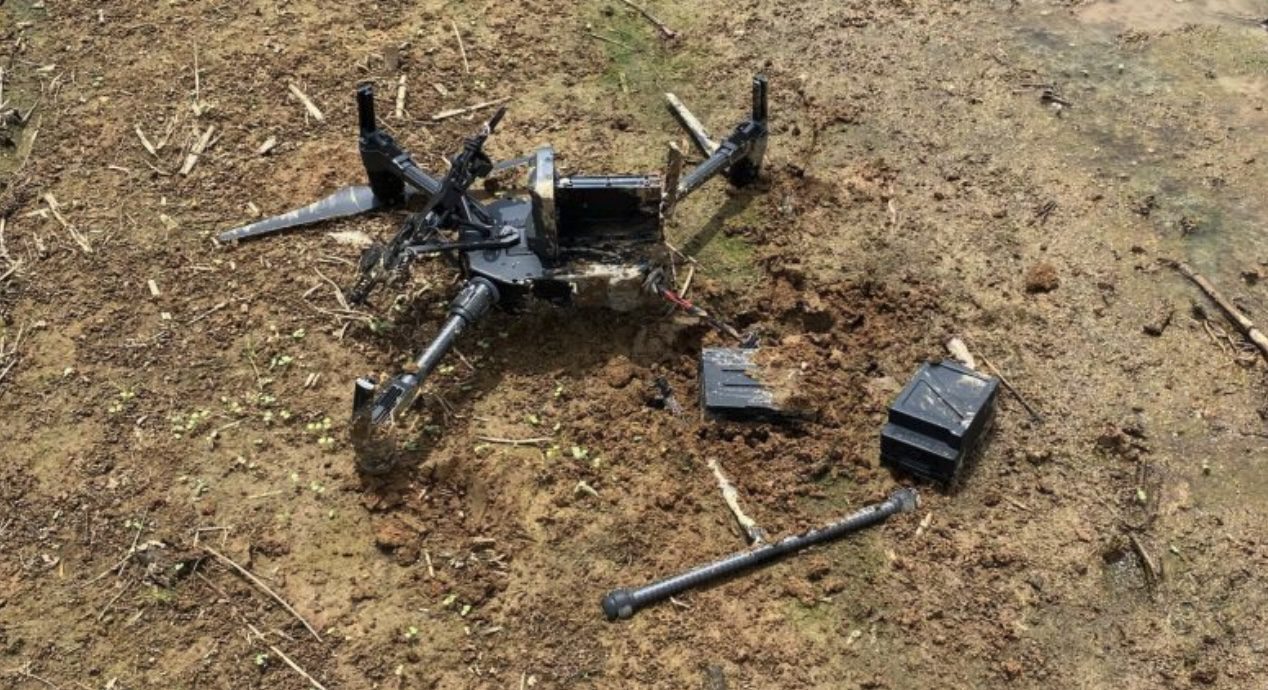
The Paris drone crash, while thankfully not resulting in widespread casualties, had a significant impact on the city and sparked a wave of reactions across various sectors. The immediate aftermath involved assessing the damage, securing the crash site, and initiating emergency response protocols. This event highlighted the potential dangers of even relatively small drones when operated irresponsibly or malfunctioning in densely populated areas.The incident led to immediate consequences, prompting swift action from both authorities and the public.
The immediate response focused on securing the area, assessing injuries, and determining the extent of property damage. This was followed by a comprehensive investigation to ascertain the causes and prevent similar occurrences.
Immediate Consequences and Damage Assessment
The drone crash caused minor damage to several parked vehicles and a nearby building. Fortunately, no serious injuries were reported, though several individuals experienced minor shock and trauma. The precise financial cost of the damage remains to be fully assessed, encompassing vehicle repairs, building restoration, and the cost of the emergency services deployed. The area was cordoned off to ensure public safety and facilitate the investigation.
Images from the scene showed debris scattered across a relatively small radius, suggesting a relatively low-impact collision given the drone’s size.
Official Investigation and Preliminary Findings
The French Bureau of Investigation and Analysis (BEA) launched an immediate investigation into the incident. Preliminary findings suggested a potential malfunction in the drone’s flight control system, possibly due to a software glitch or a mechanical failure. However, the investigation is ongoing, and a final report, including definitive conclusions about the cause, is expected in the coming months.
The BEA’s investigation will involve analyzing the drone’s flight data recorder (if equipped), examining the wreckage, and interviewing witnesses. The investigation’s findings will be crucial in shaping future drone regulations and safety protocols.
Public Reaction and Media Coverage
The incident received significant media attention, both nationally and internationally. The initial reports focused on the potential for more serious consequences, given the drone’s proximity to populated areas. Public reaction was mixed, ranging from concern about the safety of drones in urban environments to skepticism about the incident’s cause and the adequacy of existing regulations. Social media was flooded with images and videos of the crash site and discussions about drone safety.
News outlets debated the need for stricter regulations and improved drone technology to prevent similar incidents. The event served as a reminder of the potential risks associated with the increasing popularity and use of drones.
Short-Term and Long-Term Impacts on Drone Regulations
The Paris drone crash will likely have several impacts on drone regulations, both in the short term and long term.
- Short-term impacts: Increased scrutiny of drone registration and licensing procedures; temporary flight restrictions in specific areas; heightened public awareness of drone safety concerns; increased pressure on drone manufacturers to improve safety features.
- Long-term impacts: More stringent regulations regarding drone operation in densely populated areas; development of advanced drone safety technologies; implementation of more robust drone tracking and monitoring systems; potential for mandatory insurance for drone operators; increased investment in drone safety research and development.
Drone Safety and Regulations
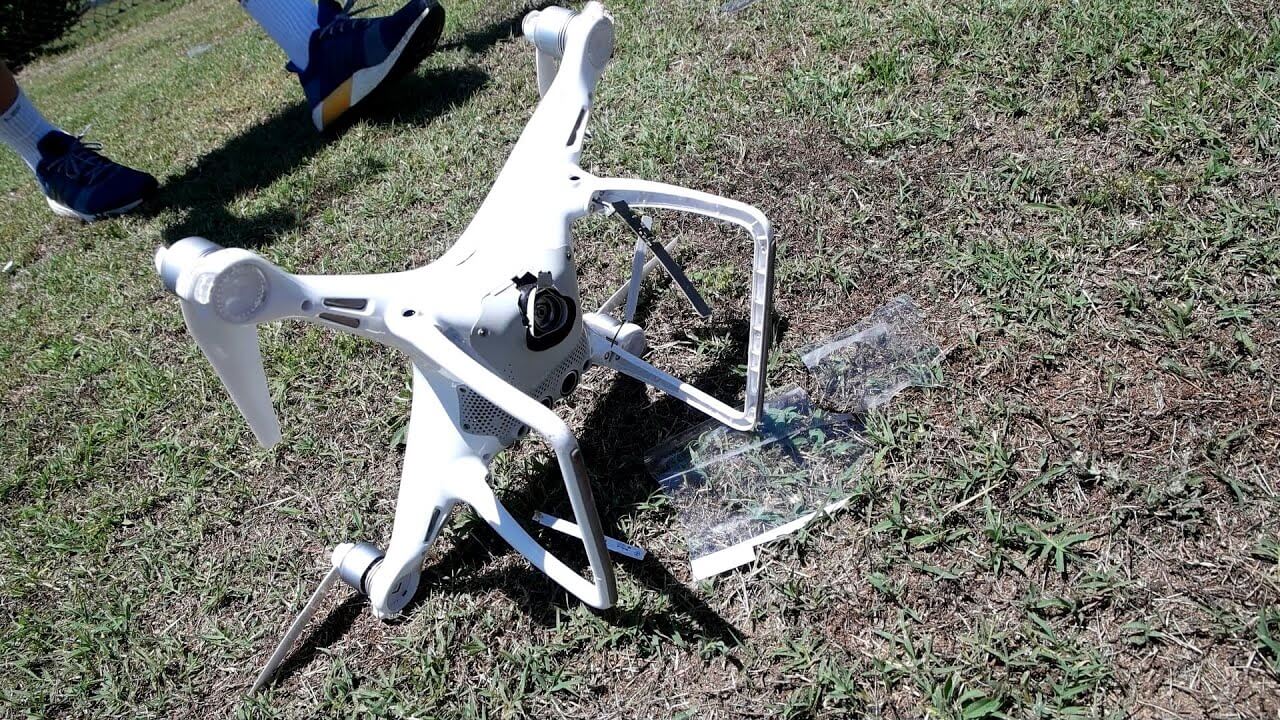
The Paris drone crash underscores the critical need for robust safety protocols and clearly defined regulations governing drone operation, especially in densely populated urban areas. This section will examine existing regulations in Paris and France, compare them to international standards, and analyze how the incident highlights potential weaknesses in the current framework.
Improved Safety Protocols for Urban Drone Operation
Designing improved safety protocols requires a multi-faceted approach. This includes mandatory pre-flight checks encompassing thorough battery inspections, system diagnostics, and confirmation of airspace authorization. Furthermore, geofencing technology, which restricts drone flight within pre-defined boundaries, should be universally implemented and regularly updated to reflect dynamic airspace conditions. Real-time monitoring systems, potentially utilizing AI-powered surveillance, could track drone movements and issue alerts in case of deviations from planned flight paths or proximity to restricted areas.
Finally, comprehensive pilot training programs, including both theoretical knowledge and practical flight simulations, are essential to enhance operational competence and risk awareness. The integration of these measures would create a safer environment for both drone operators and the public.
Drone Regulations in Paris and France
France, like many countries, has established national regulations for drone operation, enforced by the Direction Générale de l’Aviation Civile (DGAC). These regulations dictate permissible flight altitudes, operational distances from airports and other sensitive locations, and mandatory pilot certifications depending on the drone’s weight and intended use. Specifically in Paris, stricter limitations may be imposed due to the city’s high population density and numerous historical landmarks.
No-fly zones are likely in place around significant structures like the Eiffel Tower and the Louvre Museum. The specific regulations are detailed on the DGAC website and are subject to change. Penalties for violations range from fines to potential legal action.
Comparison with Regulations in Other Major Cities
Regulations governing drone usage vary considerably across major global cities. Cities like New York City and London have established robust regulatory frameworks, often incorporating no-fly zones around airports and other critical infrastructure, requiring pilot registration, and limiting drone weight and operational hours. Other cities may have less stringent regulations, potentially leading to increased safety risks. For example, cities with less developed infrastructure for drone monitoring may experience higher incidences of unauthorized drone flights.
The degree of enforcement also varies, impacting the effectiveness of existing regulations. A comparative analysis across various cities would reveal best practices and highlight areas for improvement in the overall regulatory framework.
Weaknesses in Existing Drone Safety Regulations Highlighted by the Incident
The Paris drone crash highlights several potential weaknesses in existing drone safety regulations. The incident may reveal gaps in the current system for tracking and monitoring drone flights, especially those operating outside officially designated areas or those employing spoofing techniques to evade detection. It also underscores the need for more stringent pilot training and certification processes, emphasizing the importance of comprehensive risk assessments and emergency procedures.
The incident could also highlight the need for better public awareness campaigns to educate individuals about the potential dangers associated with irresponsible drone use and the importance of adhering to regulations. Further investigation into the incident’s specifics will undoubtedly reveal more detailed insights into these regulatory weaknesses.
Technological Advancements
The Paris drone crash highlights the urgent need for improved drone safety technologies. While drones offer numerous benefits, their potential for causing harm necessitates advancements that minimize risks associated with malfunctions, operator error, and unforeseen circumstances. This section explores the role of technology in preventing future incidents.Technological advancements are crucial for enhancing drone safety and preventing future incidents like the Paris crash.
Several key areas hold the potential for significant improvement, focusing on both autonomous flight capabilities and improved obstacle avoidance systems. These advancements would significantly reduce the likelihood of human error and unpredictable events leading to accidents.
Autonomous Flight Systems
Autonomous flight systems, employing advanced GPS, sensors, and AI, can significantly reduce human error. These systems can maintain stable flight paths, automatically respond to changing conditions, and execute pre-programmed maneuvers with greater precision than a human operator. For example, systems capable of automatically returning to a home base in the event of signal loss or battery failure would mitigate many risks.
Imagine a scenario where the Paris drone experienced a communication disruption; an autonomous return-to-home function could have prevented the crash. This technology is already being implemented in various commercial and consumer drones, but further refinement is needed to ensure robustness in diverse and challenging environments.
Obstacle Avoidance Technologies
Effective obstacle avoidance is paramount for safe drone operation, particularly in densely populated areas. Sophisticated sensor suites, including lidar, radar, and cameras, combined with advanced algorithms, allow drones to detect and avoid obstacles in real-time. For instance, a system integrating lidar for precise distance measurements, radar for detecting moving objects, and cameras for visual object recognition would create a comprehensive obstacle avoidance capability.
The effectiveness of these systems can be further enhanced through machine learning, enabling drones to learn and adapt to various environments and obstacle types. Consider a system that not only avoids static objects like buildings but also dynamically reacts to pedestrians or other moving vehicles. This proactive approach would be far superior to relying solely on the operator’s vigilance.
Enhanced Drone Safety Features Comparison
| Safety Feature | Effectiveness | Limitations |
|---|---|---|
| GPS-based Geofencing | High for restricting flight zones; effective in preventing unauthorized access to restricted areas. | Can be circumvented with GPS spoofing; ineffective against unexpected obstacles within the geofenced area. |
| Obstacle Avoidance (Lidar/Radar/Camera) | High for detecting and avoiding static and moving obstacles; improves safety significantly. | Limited range and accuracy in adverse weather conditions (fog, heavy rain); may struggle with transparent or very small objects. |
| Return-to-Home (RTH) Function | High for recovering the drone in case of signal loss or low battery; prevents uncontrolled landings. | Relies on GPS signal; ineffective in areas with weak or no GPS signal. |
| Redundant Systems (e.g., dual GPS) | Increases reliability; mitigates risks associated with single point failures. | Increases complexity and cost; may not fully prevent failures in all scenarios. |
Illustrative Example
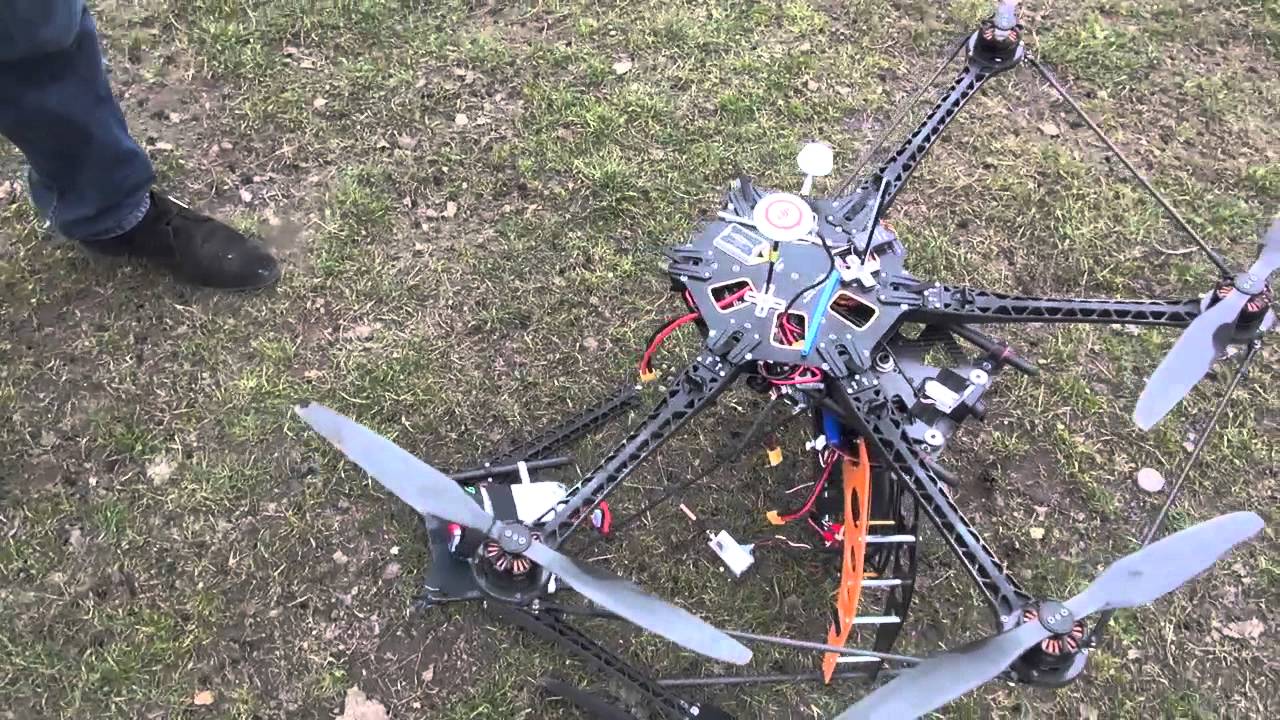
Let’s imagine a slightly different scenario involving the Paris drone crash, one where preventative measures were in place. This hypothetical example highlights how technological advancements and stricter procedures could have significantly altered the outcome. We will focus on a situation where improved geofencing and real-time monitoring systems were implemented.This scenario assumes that the drone operator, despite their potential negligence, was operating within a controlled environment that mitigated the risks associated with their actions.
The key here is proactive safety rather than reactive investigation.
Improved Geofencing and Real-Time Monitoring
The hypothetical scenario centers around a more robust geofencing system integrated with advanced real-time monitoring. This system wouldn’t simply rely on static boundaries; it would incorporate dynamic no-fly zones that adjust based on real-time air traffic data, weather conditions, and even events like public gatherings. The system would be linked to air traffic control and could immediately alert the operator or ground control of any potential conflicts.
Technological Advancements Implemented
The necessary technological advancements include a significantly improved GPS system with fail-safe mechanisms, a sophisticated sensor suite on the drone itself capable of detecting and avoiding obstacles (including birds and other drones), and a secure, reliable communication link between the drone and ground control. The system would also utilize AI-powered predictive analysis to identify and mitigate potential hazards before they become critical.
This would involve analyzing flight paths, weather patterns, and other environmental factors to flag potential problems.
Visual Depiction of Improved Safety Measures, Paris drone crash
Imagine a visual representation of this enhanced safety system. The image would show a 3D map of Paris, with layers representing various data streams. A vibrant, pulsing red zone representing a dynamic no-fly zone would be clearly visible around the Eiffel Tower and other sensitive areas. This zone would expand and contract in real time based on factors like tourist density and weather conditions.
The drone’s flight path, shown as a bright green line, would be constantly monitored and adjusted automatically or manually by ground control to avoid this no-fly zone. The drone itself would be depicted with a small, glowing blue halo, indicating its connection to the monitoring system and its active sensor suite. Small icons would show real-time data points like altitude, battery level, and signal strength.
Any potential conflicts, like nearby aircraft or obstacles, would be highlighted with warning symbols, giving the operator and ground control immediate visual cues.
That Paris drone crash got everyone talking, right? It’s made me wonder about other unexplained drone incidents. Check out this article about a mystery drone paris incident – it’s pretty wild. The similarities between that and the recent crash are striking, making you think about potential security risks and the need for better drone regulation to prevent future crashes.
Closing Notes: Paris Drone Crash
The Paris drone crash serves as a stark reminder of the potential risks associated with drone operation, even in seemingly controlled environments. While the specific cause may remain debated, the incident underscores the urgent need for enhanced safety regulations, technological improvements, and a heightened awareness among drone operators. By learning from this event, we can work towards a future where drone technology is both innovative and safe.
The development of improved safety protocols, along with the implementation of advanced technologies, are crucial steps in mitigating future risks.
Question & Answer Hub
What type of drone was involved?
The specific model and manufacturer of the drone are typically released as part of the official investigation report.
Were there any injuries reported?
The extent of injuries, if any, will be detailed in official reports. News reports will often provide initial information.
What is the current status of the investigation?
The investigation status is usually updated periodically by relevant authorities; check for official press releases.
What are the penalties for violating drone regulations in Paris?
Penalties vary depending on the violation; consult official French aviation regulations for details.
